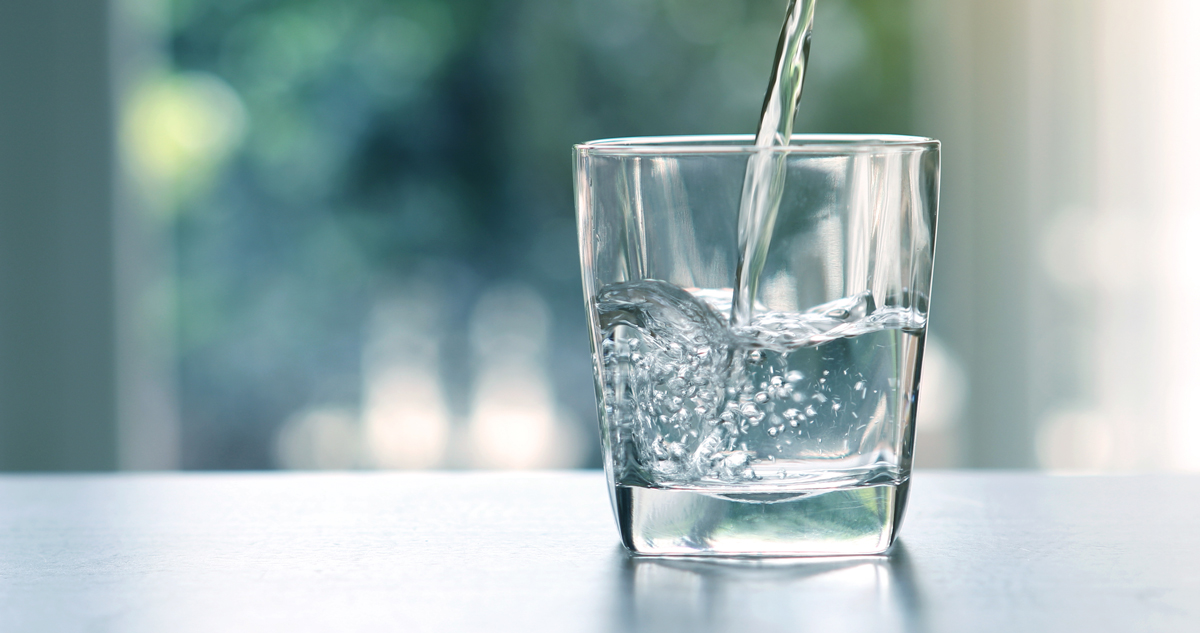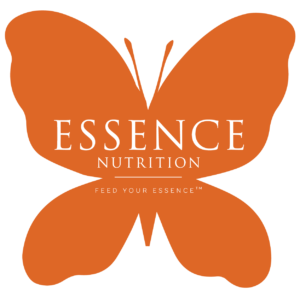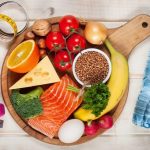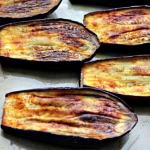If you’re like me, every summer comes around and I am, once again, surprised at how hot Miami becomes. The beach becomes an activity for the late afternoon, your sunglasses fog up when you step outside from the humidity and the amount of hydration your body needs increases even more than baseline. Now this isn’t just for Miamians, but for everyone – as it is, when the temperature rises, so do fluid needs. Hydration needs are based primarily on three things: activity level, body size, and environment. A larger person needs more hydration (and nutrition) than a smaller one. The more active you are the more hydration you need as well (to compensate for fluids lost through perspiration). Finally a hot, humid environment requires more hydration for the same reasons. Most people in the summer are a combination of some if not all, so it’s time to drink up! (No, alcohol doesn’t count towards hydration, Miami.)
I would peg bare minimum hydration recommendations at 1ml fluid per kcal consumed, but that does not take into account the details mentioned above. For most clients I see, two liters per day is an absolute minimum, most people will benefit from three liters or more. If you don’t think in liters, because you aren’t a chemist, a two liter bottle of soda is what you usually see at the grocery store as a “party size.”
Why is hydration so important? It plays a major role in many bodily functions such as regulating body temperature, keeping joints lubricated, delivering nutrients to cells, and so much more. Dehydration can cause constipation, diminished athletic performance, headaches, fatigue, dry mouth and skin, reduced cognition, and more severe events can require hospitalization (especially for children and older adults). There is such a thing as drinking too much water, formally referred to as hyponatremia. This is when sodium levels in the body get dangerously slow from an abundance of water. This can also be life threatening. We usually only see it with eating disorders and ultramarathon events. However, for the vast majority of people, under hydrating is the problem.
How do you know if you’re drinking enough water? First (and everyone hates this), to be optimally hydrated means you are drinking water when you don’t necessarily feel thirsty. Yes, this means you will have to use the bathroom more often. Rather than being annoyed here, try being thankful your body is working properly! Your urine should be a mild yellow color or clear, not a dark murkybrownish.
Start hydrating first thing in the mornin – playing catch up at night is going to disrupt your sleep because you will then be waking up to pee (now you know how it feels to be pregnant.) Also if you are active in the afternoon/evenings you want to start that activity already at a state of being hydrated. If you’re like me, having a water bottle near you at all times is completely necessary. Out of sight, out of mind, right? In sight, in hydration. I like to use a bottle also so I can count how many ounces I consume.
Water should be your main source of hydration, but other drinks/foods can hydrate your body as well. Tea is a great example. If water is getting boring, try adding fresh herbs and/or fruit slices for flavor (a personal favorite of mine is lemon, basil and mint). Also fruits and non-starchy veggies are mainly water so these also aid in hydration (aim for 5-8+ servings of these foods each day!) Examples are watermelon, citrus fruits, pineapple, cucumbers, tomatoes, bell peppers, kiwi, greens, celery, eggplant, etc. Sparkling water is fine; but don’t ‘cheat’ all day with it to forsake water. Milk and alternative milks count as well. Again, mimosas, do not.
We love this fun and motivating water bottle here which tracks your intake all day as a personal cheerleader. If you’re a techy butterfly, this water bottle will connect to your smartphone and bother you all day to drink. Want simple and sleek? This is the one.
As Amazon Influencers, we may earn from qualifying purchases.
